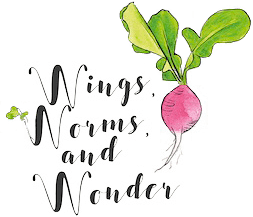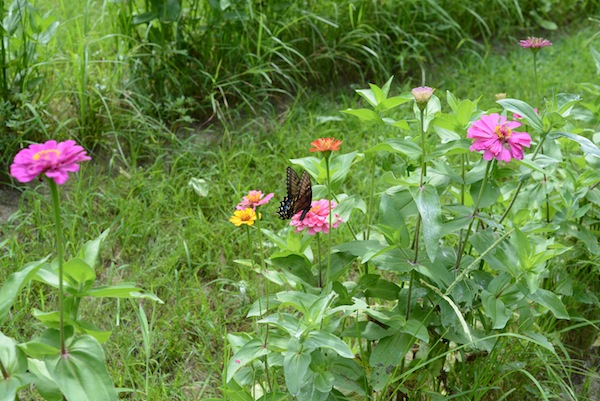Wonder Wednesday #12: Connecting to Place through Scavenging
Scavenging? This month I want to get you out and exploring place because with school starting, we are all in a new place of some sort, so what better way to get to know place and each other than through a scavenger hunt!!
Wonder Wednesday #12: Place-based Scavenger Hunt Research Project
This isn’t your average scavenger hunt. It is for teams, so divide the group or class appropriately into groups of 4 or so.
Materials
Paper
Clipboards
Pencils, colored and/or regular
Crayons for rubbing
Field bags (including but not limited to: tape measures, magnifying glasses, & bug boxes)
Optional: Digital camera
Field guides
Local history and natural history resources
Presentation materials such as posters, markers, rulers, glue, print offs
Preparation
Create these simple scavenger lists that will be assigned 1 to each team. You may need to chose the list topics depending on the what is available in your environment, the age of the children, and skill level so use them as a jumping off point and customize. Depending on how many students you have and the age of the children, you may choose to assign each group 2.
Scavenger group hunt topics:
Insects
Fish
Amphibians
Reptiles
Birds
Mammals
Fungi
Flowering Plants
Trees
Procedure
Part 1: Explain that they will be going out into a designated environment (schoolyard?) to discover what type of life lives in the area. While scavenger hunting, they will need to try to discover 3-5 different types of plants or animals from their topic. When they find them they should document as much information as possible including size, color, what is it doing, where did you find it, what was the surrounding habitat like, was it alone? Then as appropriate, take photos, rubbings, and make drawings of the discoveries. Remind them of safety precautions when dealing with wild animals and that the regular rules apply such as no picking.
Part 2: After they have collected enough data. Provide local field guides and resource materials for the groups to compile a research presentation of the species they discovered in the area. Explain that they will be presenting their findings and that the presentations should include the common and latin names of the species they found, habits, habitat, food sources, needs, is the species native to the area, predators, is it migratory, if it’s a plant is it: annual, perennial, deciduous, poisonous, does it have a use for humans, and any other history or culturally relevant information that may be interesting about their species.
Have them create a visual aid to accompany their presentation including pictures, drawings, rubbings, a quick fact chart, or whatever is appropriate.
Part 3: Have each group present their findings on their place-based discoveries to the group. After every group has presented, go back outside for a nature walk and see if the group can identify each other’s discoveries. After the walk, create space for an outdoor circle time where everyone can share what they observed, discovered, and noticed new based on their peers’ presentations
Extension Activities
During Part 2, take a field trip to a local natural history museum to speak with experts, discover more about species and topics, and spark enthusiasm during the research phase.
Have the students continue to nature journal during this entire project on anything they choose so they don’t feel trapped in their own topic.
Have the students present their findings to other classes or to parents in a special “get to know your backyard” type of event.
After the presentations, create a local field guide that can be distributed to parents and/or the community.

